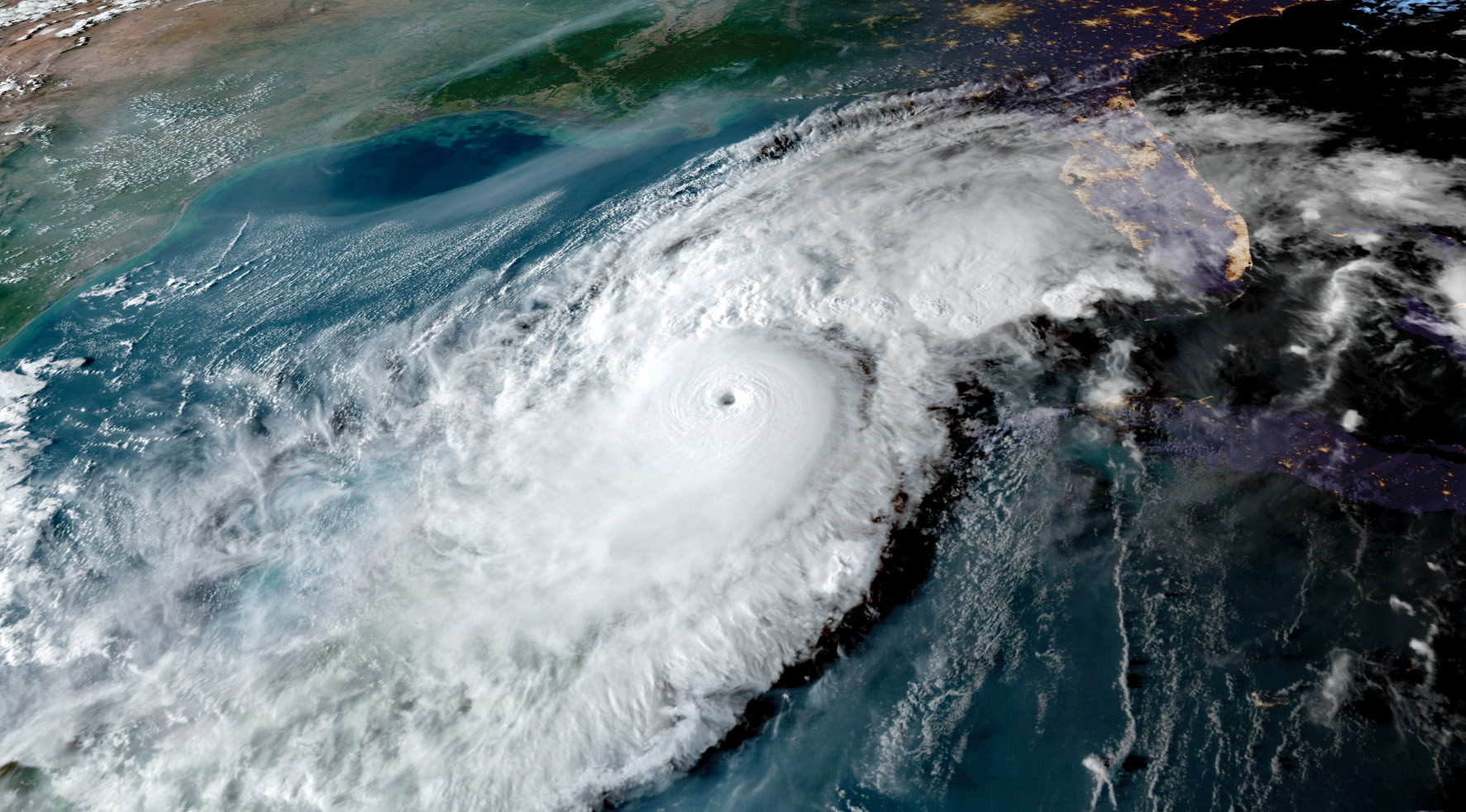With the possibility of a stronger than usual hurricane season in the Atlantic Ocean beginning June 1, the Coast Guard and navigation industry discussed storm preparations.
The National Oceanic and Atmospheric Administration (NOAA) recently announced that the incoming hurricane season has a 60 percent chance of above-average storm activity, a 30 percent chance of near-normal activity and a 10 percent chance of below normal activity. The 2025 season, which spans June 1 through November 30, is predicted to have about 13 to 19 named storms (storms with winds of 39 mph or higher).
“As we approach what is forecast to be another above-normal hurricane season, the Coast Guard is ready to respond to storm impacts across the Gulf Coast,” said Lt. Phillip VanderWeit, a public affairs officer for Coast Guard District 8. “We strongly encourage the public to prepare now and stay safe and informed this hurricane season. After a storm passes, the Coast Guard will assist those in need and work around the clock with our partners to reopen ports and reestablish the flow of critical commerce through the nation’s ports and waterways.”
With an above-average hurricane season forecast, it is especially important for industry professionals to keep their crews and assets safe. The Coast Guard recommends taking early action and securing as many vessels and gear as possible before a hurricane hits.
Randall Chamness, chairman of the Lower Mississippi River Committee, suggested conducting thorough hurricane drills to ensure crewmembers know what to do during a storm.
“It is all about being prepared, which starts well before hurricane season,” Chamness said. “Although a hurricane is impossible to simulate, we can simulate action plans for our people and equipment based on past experiences. Once we know landfall is imminent, we start communicating and collaborating at a high level to ensure we cover all of the bases. The goal is always to protect life, assets and restoring operations as soon as possible.”
Hurricane drills aren’t just important to prepare for an incoming storm. They also make a difference in how crews collaborate and recover from it as well.
“Always be prepared to adjust as necessary, and always expect the unexpected when it comes to hurricanes,” Chamness said. “Always remember it is all about protecting your people at whatever cost so you can have a strong response post-storm.”
NOAA predicts that more than half of the predicted named storms may turn into hurricanes, defined as storms with winds of 74 mph or higher. Three to five of these storms are predicted to be a category 3 or higher.
“NOAA and the National Weather Service are using the most advanced weather models and cutting-edge hurricane tracking systems to provide Americans with real-time storm forecasts and warnings,” Commerce Secretary Howard Lutnick said in a news release. “With these models and forecasting tools, we have never been more prepared for hurricane season.”
NOAA’s Hurricane Analysis and Forecast System is expected to be updated soon to improve storm tracking. This update, along with the work of the National Hurricane Center, the Central Pacific Hurricane Center and the Climate Prediction Center’s Global Tropical Hazards Outlook, will help communities know when a storm is approaching.
“In my 30 years at the National Weather Service, we’ve never had more advanced models and warning systems in place to monitor the weather,” said Ken Graham, NOAA’s National Weather Service director. “This outlook is a call to action. Be prepared. Take proactive steps now to make a plan, and gather supplies to ensure you’re ready before a storm threatens.”
Along with other updates, a new experimental radar system, known as ROARS, will be deployed with a P-3 hurricane hunter research aircraft. The device will enable scientists to collect data on ocean waves and wind structures.
Communities in the path of a hurricane can also utilize the Probabilistic Precipitation Portal when tracking incoming storms. Developed by the NOAA Weather Prediction Center, the program allows users to track rainfall and flooding up to 72 hours in advance, which can be vital to ensure the safety of crewmembers and formulating an appropriate recovery plan.
“Hurricanes and tropical storms can be deadly, and the Coast Guard’s ability to conduct rescues can be diminished or unavailable at the height of a storm,” VanderWeit said. “Be prepared, stay informed, and follow storm warnings. You can replace a boat. You can’t replace a life.”
————
Featured photo caption: Hurricane Milton from NOAA’s GOES-16 satellite, Oct. 8, 2024. (Photo courtesy of NOAA)



